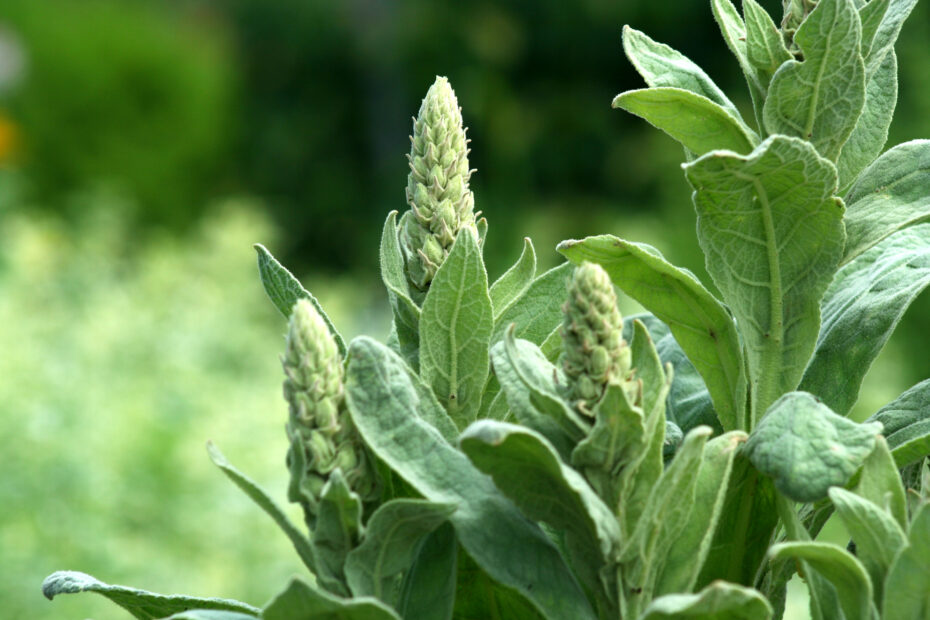Reproductive diapause refers to a temporary cessation of reproduction in certain species of animals and insects. This phenomenon occurs in response to environmental cues such as food availability, temperature, and photoperiod.
Diapause can be seen in species ranging from insects such as ladybugs and butterflies, to mammals such as bats and bears. In insects, diapause occurs during the pupal or nymphal stage and allows individuals to survive unfavorable conditions and wait for more favorable conditions to emerge. For example, ladybugs may enter diapause in response to decreased food availability or changes in temperature, and wait until conditions improve before continuing their life cycle.
In mammals, diapause occurs in the female reproductive system and often happens during pregnancy. This is known as embryonic diapause, and it allows the female to regulate the timing of birth to ensure the best chance of survival for her offspring. For example, in bears, the fertilized egg does not implant in the uterine wall until the female has gained enough body fat to support a pregnancy and nurse her cubs.
The molecular and hormonal mechanisms that regulate diapause vary among species. In insects, hormones such as juvenile hormone and ecdysteroids play a role in inducing and maintaining diapause. In mammals, hormones such as prolactin and estrogens play a role in regulating embryonic diapause.
Reproductive diapause has important implications for conservation and agriculture. For example, understanding the mechanisms that regulate diapause in pests such as crop-damaging insects can inform the development of pest management strategies. Additionally, diapause can play a role in the adaptation of species to changing environments and can help conserve energy and resources during times of scarcity.
In conclusion, reproductive diapause is a common phenomenon in the animal kingdom and occurs in response to environmental cues. This process allows individuals to survive unfavorable conditions and regulate the timing of reproduction to ensure the best chance of survival for their offspring. Understanding the mechanisms that regulate diapause has important implications for both conservation and agriculture.


